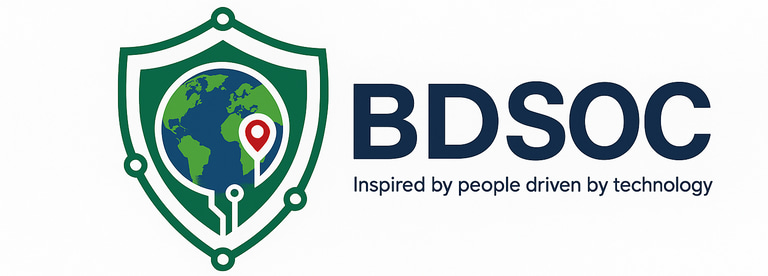Mobile Application Security Assessment (MASA)
Secure Your Mobile Apps. Protect Users. Maintain Compliance.
At BDSOC Inc., we perform in-depth security assessments of mobile applications used by healthcare, financial, and enterprise businesses. Our team identifies vulnerabilities in Android and iOS apps that could lead to data breaches, code tampering, or compliance violations.
We analyze the full security posture of your mobile app, from backend APIs to device-level controls.
Data storage and encryption practices
Secure communication and transport layer protection
Authentication and session management
Jailbreak or root detection and bypass risks
API exposure and backend integrations
Access control enforcement
Code obfuscation and reverse engineering resistance
Insecure third-party libraries and SDKs
Privacy permissions and PII exposure
Compliance with HIPAA, OWASP MASVS, and industry best practices
What We Assess in MASA


Mobile apps are increasingly targeted by attackers looking to exploit weak configurations, insecure code, or exposed APIs. Without regular assessments, your app may be putting users, patient data, or business IP at risk.
Common threats we identify:
✔ Insecure data storage
✔ Unencrypted traffic or session tokens
✔ Weak authentication or token reuse
✔ Reverse engineering and tampering risks
✔ Privacy violations and compliance gaps
Why MASA Matters


Step 1: Scope and App Review
We gather details about the platform, architecture, and app usage.
Step 2: Dynamic and Static Testing
We perform code analysis, run-time testing, and behavioral inspection.
Step 3: Risk Analysis
We identify and classify each vulnerability based on real-world impact.
Step 4: Compliance Mapping
We align findings with HIPAA, OWASP Mobile Top 10, and other applicable standards.
Step 5: Remediation Plan
We provide clear recommendations for developers and security teams.
Our MASA Process


Headquartered in New York with over 12 years of cybersecurity expertise
Trusted by clients ranging from small clinics and home healthcare companies to multibillion dollar organizations
All assessments are performed by certified professionals including CISSP, CISA, CISM, CRISC, CCISO, and PMP
Our team brings deep experience securing healthcare and financial mobile apps under strict regulatory environments
We deliver actionable, developer-friendly reports with clear remediation guidance tailored to your app and industry
Why Choose BDSOC Inc.


Two widely recognized frameworks for structuring an incident response plan are developed by NIST (National Institute of Standards and Technology) and SANS (SysAdmin, Audit, Network, Security). Both frameworks outline similar steps but differ in their approach:
NIST Framework
Preparation
Detection and Analysis
Containment, Eradication, and Recovery
Post-Incident Activity
SANS Framework
Preparation
Identification
Containment
Eradication
Recovery
Lessons Learned
Both frameworks emphasize the importance of preparation and continuous improvement in handling security incidents effectively.
Frameworks for Incident Response
Our Training Partners
Our Technology Partners



















Get Started Today!
Ready to secure your business against cyber threats? Contact BDSOC for a personalized consultation and discover how we deliver fast, effective cybersecurity that protects what matters most.
